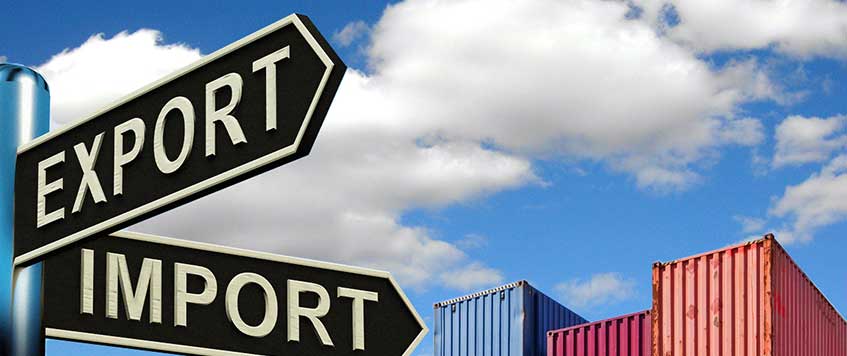12
august
Centralized Clearance
Centralised clearance (formerly known as Single Authorisation for Simplified Procedures (SASP)) allows economic operators to declare goods in one Member State (supervising Member State) while the goods are physically imported or exported in a different Member State (participating Member State). Centralised clearance allows economic operators to centralise the accounting and payment of Customs Duties for all their customs transactions in the supervising Member State.
Centralised clearance will not be fully available until 2022. Electronic systems to support the process will not be available until then. During the transitional period SASP will continue to exist but it will be called centralised clearance.
Centralised Clearance allows an approved trader to lodge at the customs office where they are established, a customs declaration for goods which are presented at another customs office within the customs territory of the Union.
Centralized Clearance allows the economic operators to centralize and integrate accounting, logistics and distribution functions with financial savings in administrative and transaction costs, thus providing a genuine simplification. Centralizing payment of customs duties and related declaration costs provides real savings and efficiencies.
Multinational organisations with manufacturing or distribution centres in different EU countries can centralize their EU customs clearance administration in one location within the EU. These organisations may have to implement or purchase costly IT solutions in each member state they are importing/exporting to/from or outsource this facility to many different external stakeholders. Centralized Clearance can eliminate this costly administration burden, centralize these operations in one location, and reduce risk within your global supply chain.
